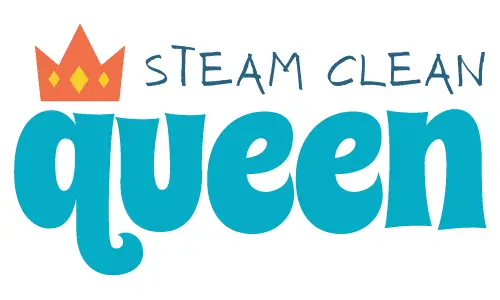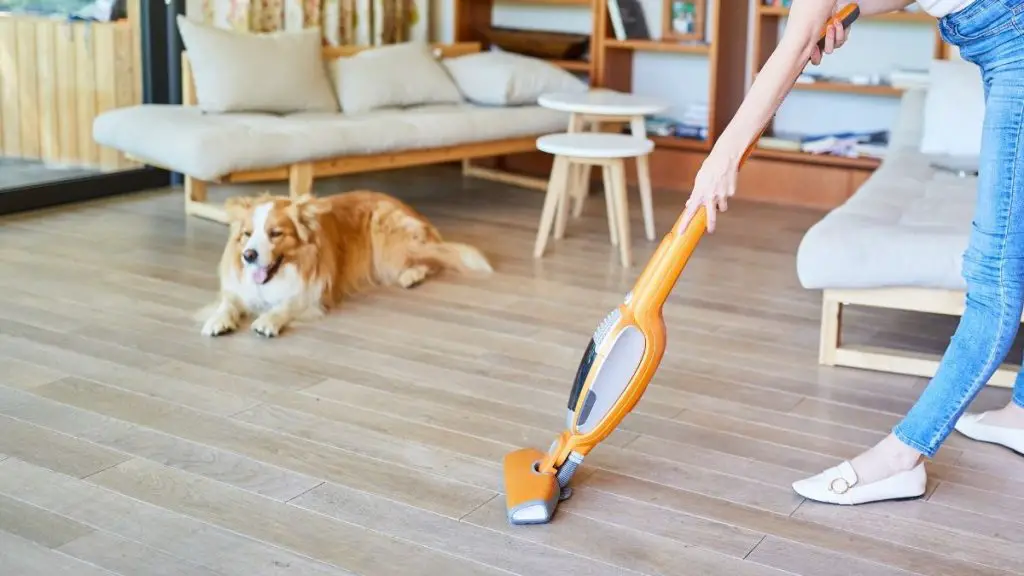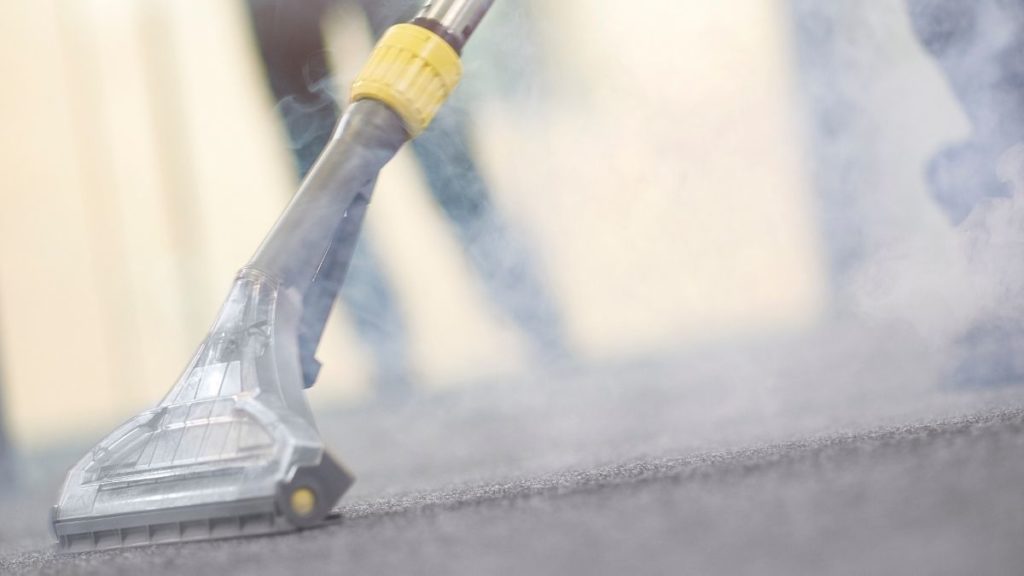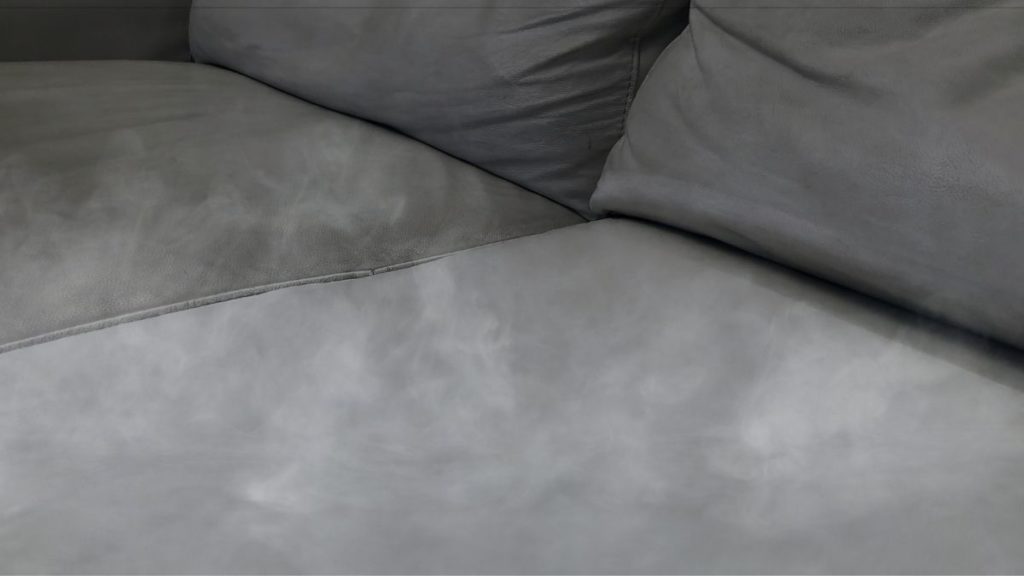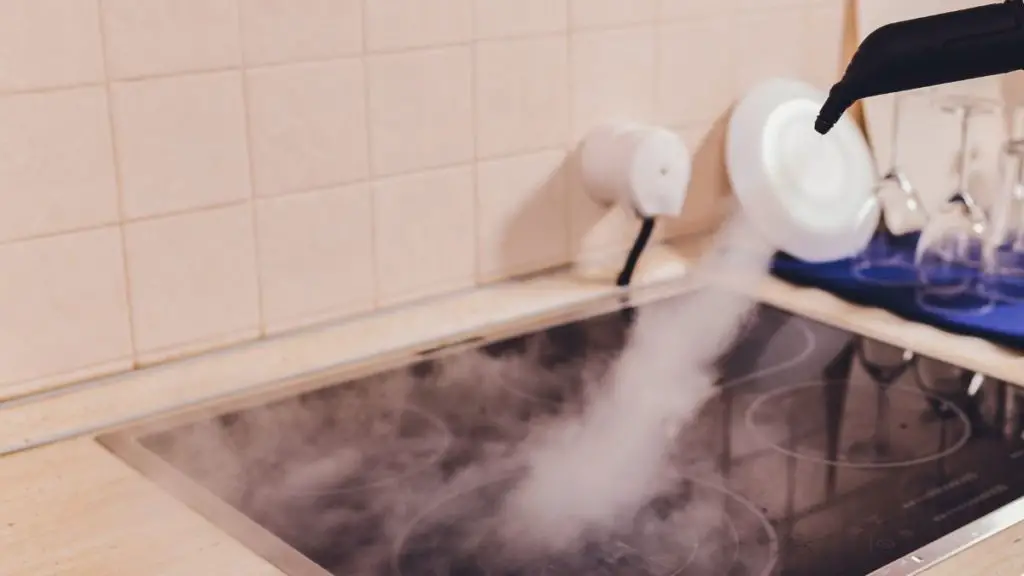How To Get Baby Oil Out of Carpet? Don’t Give Up Just Yet!
*As an Amazon Associate we earn from qualifying purchases. The price to you remains the same.
If you have a baby in the house, you definitely have baby oil. While dealing with a fussy baby, it’s easy to drop some baby oil on the carpet. This can cause a big headache.
Oil-based stains are no match for us! In this article, I’ll explain my guide on removing baby oil from your carpet using baby powder or dry-cleaning solvent.
Different methods for different carpets, read on!

Baby Powder vs Baby Oil
Table of Contents
It’s a baby product versus another baby product!
Baby powder contains an ingredient called talcum, which effectively absorbs greasy and oily stains from carpets, couches, and chairs. Some may contain fragrances that can make your home smell good, too!
If you have excess baby oil on the carpet, you should scoop that up with a spoon. Cover the area with the baby powder, and make sure to use just enough. It won’t damage your carpets so don’t worry!
Rub the baby powder into the carpet, so it goes deep within the carpet fibers. Leave it alone for 15 minutes, then vacuum as normal. Vacuum thoroughly so that each bit of powder is removed from the carpeting.
I really like this method because the baby powder is something you probably have on hand at home and is generally not that expensive. It is also non-toxic, and it does not have any harmful fumes that may affect you.
Plus, it’ll leave a pleasant smell after you vacuum it up!
Detergent vs Baby Oil
After doing the baby powder method, I suggest you do this one afterward.
Place a few drops of your favorite liquid dishwashing detergent onto the stain. Rub it into your carpet using an old (but clean) brush. Pour some warm water over the area and start blotting the detergent with a clean cloth.
You’d notice that the blotting process will cause soap suds, but this will dissolve as you keep blotting. Do this until the carpet is relatively dry. Allow your carpet to air dry completely and check for traces of oil.
Dry-Cleaning Solvent vs Baby Oil
The dry-cleaning solvent does not need water (hence its name) and is commonly used in cleaning fabrics. It is popular in cleaning greasy and oily stains from carpets, which cannot be doused in a lot of water.
You should put the dry-cleaning solvent on a hidden spot of your carpet before using it for the stain. Apply some solvent to a cloth and press it on the spot. After some time, blot the solvent with a damp cloth. Allow your test spot to dry and check if it left a stain or dulled your carpet.
Pro tip: Use gloves when handling this fluid. It may contain chemicals that are too harsh for your skin if you’re sensitive!

Now you’re ready to tackle the baby oil stain.
Apply the solvent to the stain using a cloth or paper towels. Press it into the stain, moving gently from the outside to the middle. You should wipe this way to prevent it from spreading. Press hard enough so the solvent can go deep into the fibers.
Leave it for about 5 minutes, then take a damp cloth and blot the solvent from the carpet. Don’t wipe this time! Allow the stained area to dry. You can use a fan to shorten the drying time, but NEVER a hairdryer!
If some of the oil stains remain, repeat this process. If you didn’t manage to get to it as quickly as possible, you might have to clean the area many times before the stain goes away for good.
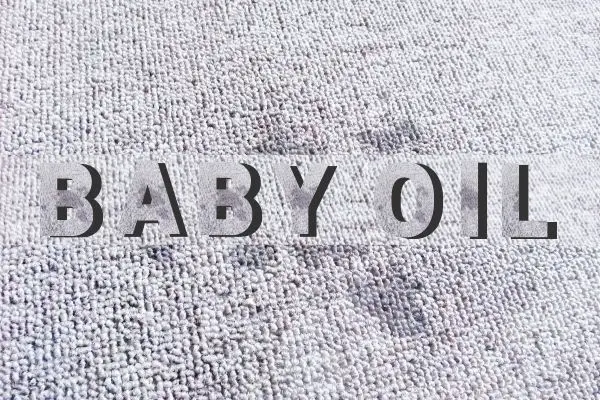
Frequently Asked Questions
Can steam cleaners remove an oil stain?
Yes! Hot steam can break down oil and grease. If you clean with your steam cleaner, it can go between the fine cracks and carpet fibers to loosen stubborn oil particles. You can add ¼ cup of white distilled vinegar to your steam cleaner’s water reservoir.
This will help in any odor left by a dry oil stain and give your carpet a fresh look and smell.
Will oil come out of the carpet?
Oil stains can be a real pain because they stick to the fibers and spread very quickly. The best method to get oil out of the carpet is to scoop up the excess and spread a thick coat of baby powder, baking soda, or cornstarch. Leave it until the sides form a dry crust, then vacuum or steam clean the residue.
